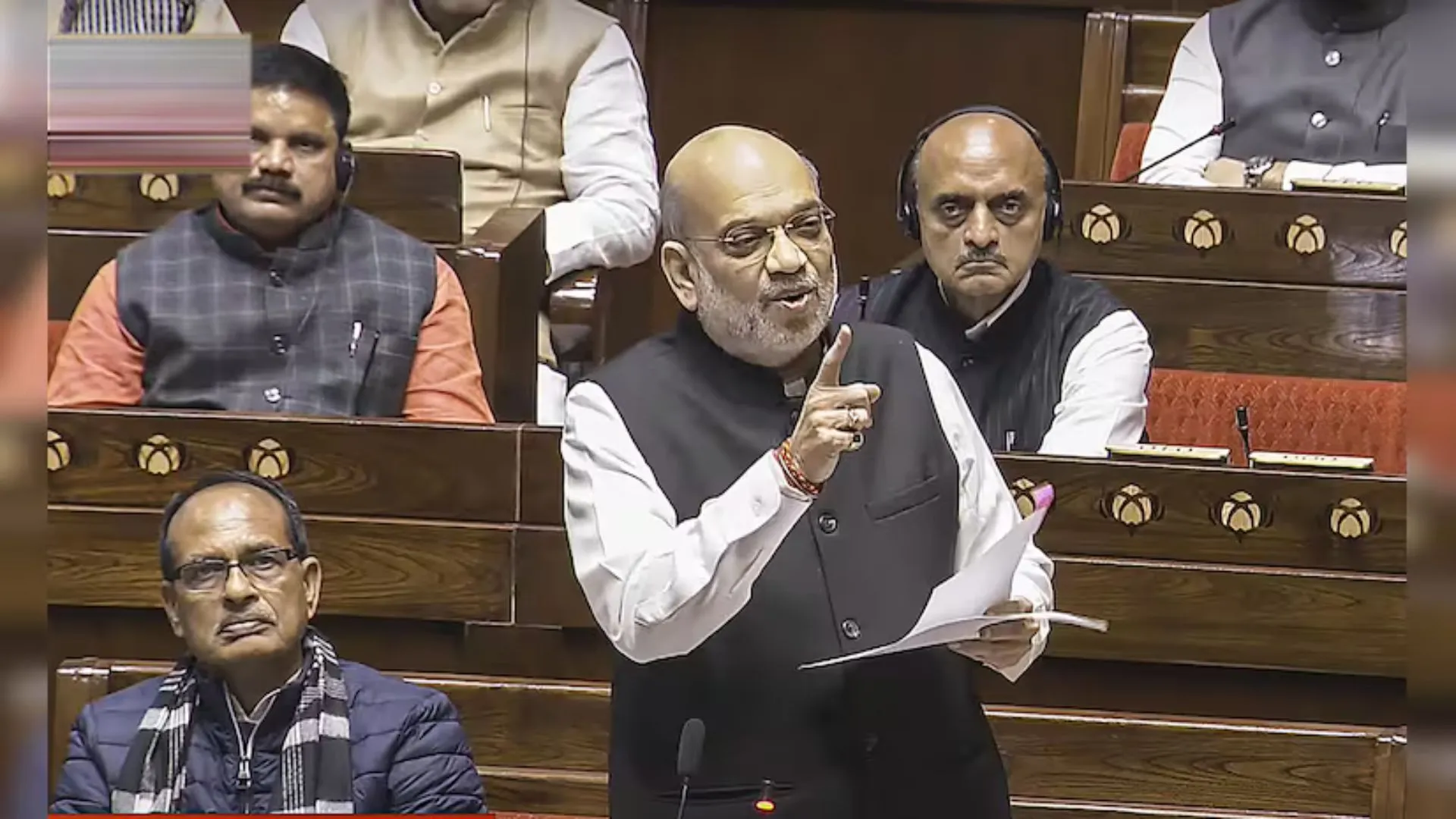The battle for Gujarat got all the more interesting with the presence of two BJP chief ministers (and the party’s star campaigners) into the electoral battlefield. Both the UP CM Yogi Adityanath and Assam CM Himanta Biswa Sarma have been campaigning in Prime Minister Modi’s homestate. But their focus was not so much on development and local issues as it was to raise the Hindutva stakes. One came with bulldozers and the undertone of his speech was the UP Model of campaigning; while the other raised the Shraddha murder as a case of love jihad. Sarma’s point being that the nation needs a strong leader like the Prime Minister, otherwise an Aftab Poonawalla would emerge in every city. “If the country does not have a strong leader today, a government that respects the nation as a mother, such Aftabs will emerge in every city and we will not be able to safeguard our society,” said Sarma.
From the other side too, the dialogue has been polarised with the Aam Admi Party leader Arvind Kejriwal who began his Gujarat campaign flirting with Hindutva, talking about putting Ganesh and Saraswati pictures on Indian currency notes. Rahul Gandhi, on the other hand, made a late entry into the Gujarat campaign but came in the wake of his controversial comments criticising Hindutva icon Veer Savarkar. This pitches the Congress firmly on the left side of this debate. If you recall during the 2017 Gujarat polls where the Congress crossed 70 seats and kept the BJP confined to double digits, Rahul Gandhi had led that campaign talking economics—as it was also soon after an unwieldy GST was implemented by the BJP government at the Centre. And he had also visited as many as 26 temples in the state, talked about being a janeu-dhari Brahmin as an attempt to adopt Hindutva as part of the poll strategy. While no one is asking him to start praising Savarkar (if he is so firmly against all that Savarkar stood for), why rake up the Hindutva icon at all. It has endangered his alliance with the MVA in Maharashtra and one is not quite sure what benefit it will give him in neighbouring Gujarat. If the Congress did not want the campaign to be polarised on religious grounds, then wouldn’t the party have been better off keeping the focus on jobs, employment, the economy and rights for tribals, backwards, Patidars and other targeted vote banks that are not very pleased with the BJP.
In fact, before he was diverted to Delhi to contest the Municipal polls, to give the AAP credit, there is one thing that Arvind Kejriwal had been successful in doing and that was setting the narrative for the Gujarat polls. It was his promise of delivering 300 units of free electricity, the Delhi school and mohalla clinic models that became the talk in the poll-bound state with locals even asking the reporters from the capital about the Delhi model. And those who claim that Kejriwal doesn’t have enough boots on the ground in terms of workers and cardre should think again, because that has never been Kejriwal’s strength. And yet he has managed to win Delhi and Punjab. The Congress does have a strong presence on ground, what it misses is a consistent leadership. And that is the BJP’s biggest advantage and one that is helping it combat a 27-year-old anti-incumbency. That leader is of course the Prime Minister himself, aided by Home Minister Amit Shah. Without the duo, the BJP has seen a pretty rapid round of musical chairs of leadership in the state. But in the end, it comes down to Modi vs the Rest. And that remains the dominant narrative of the Gujarat polls.
PRIYA SAHGAL







